Design of Binary-Sequence Zone Plates in High Wavelength Domains
Abstract
:1. Introduction
2. Zone Plate Design Methods
2.1. Traditional Method
2.2. Binary-Sequence Method
3. Modified Binary-Sequence Method
4. Conclusions
Author Contributions
Acknowledgments
Conflicts of Interest
References
- Tamura, S.; Yasumoto, M.; Kamijo, N.; Takeuchi, A.; Uesugi, K.; Terada, Y.; Suzuki, Y. Quasi-blazed type multilayer zone plate for X-rays. Vacuum 2009, 84, 578–580. [Google Scholar] [CrossRef]
- Hristov, H.D.; Rodriguez, J.M. Design equation for multidielectric fresnel zone plate lens. IEEE Microwave Wireless Compon. Lett. 2012, 22, 574–576. [Google Scholar] [CrossRef]
- Yang, R.; Tang, W.; Hao, Y. A broadband zone plate lens from transformation optics. Opt. Express 2011, 19, 12348–12355. [Google Scholar] [CrossRef] [PubMed]
- Calvo, D.C.; Thangawng, A.L.; Nicholas, M.; Layman, C.N. Thin Fresnel zone plate lenses for focusing underwater sound. Appl. Phys. Lett. 2015, 107, 014103. [Google Scholar] [CrossRef]
- Stout-Grandy, S.M.; Petosa, A.; Minin, I.V.; Minin, O.V.; Wight, J. A Systematic Study of Varying Reference Phase in the Design of Circular Fresnel Zone Plate Antennas. IEEE Trans. Antennas Propagat. 2006, 54, 3629–3637. [Google Scholar] [CrossRef]
- Fuster, J.; Candelas, P.; Castiñeira-Ibáñez, S.; Pérez-López, S.; Rubio, C. Analysis of Fresnel Zone Plates Focusing Dependence on Operating Frequency. Sensors 2017, 17, 2809. [Google Scholar] [CrossRef] [PubMed]
- Kennedy, J.; Wu, F.; ter Haar, G.; Gleeson, F.; Phillips, R.; Middleton, M.; Cranston, D. High-intensity focused ultrasound for the treatment of liver tumours. Ultrasonics 2004, 42, 931–935. [Google Scholar] [CrossRef] [PubMed]
- Monsoriu, J.A.; Calatayud, A.; Remon, L.; Furlan, W.D.; Saavedra, G.; Andres, P. Bifocal Fibonacci Diffractive Lenses. IEEE Photon. J. 2013, 5, 3400106. [Google Scholar] [CrossRef]
- Saavedra, G.; Furlan, W.D.; Monsoriu, J.A. Fractal Zone Plates. Opt. Lett. 2003, 28, 971–973. [Google Scholar] [CrossRef] [PubMed]
- Ferrando, V.; Giménez, F.; Furlan, W.D.; Monsoriu, J.A. Bifractal focusing and imaging properties of Thue-Morse Zone Plates. Opt. Express 2015, 23, 19846–19853. [Google Scholar] [CrossRef] [PubMed]
- Machado, F.; Ferrando, V.; Furlan, W.D.; Monsoriu, J.A. Diffractive m-bonacci lenses. Opt. Express 2017, 25, 8267–8273. [Google Scholar] [CrossRef] [PubMed]
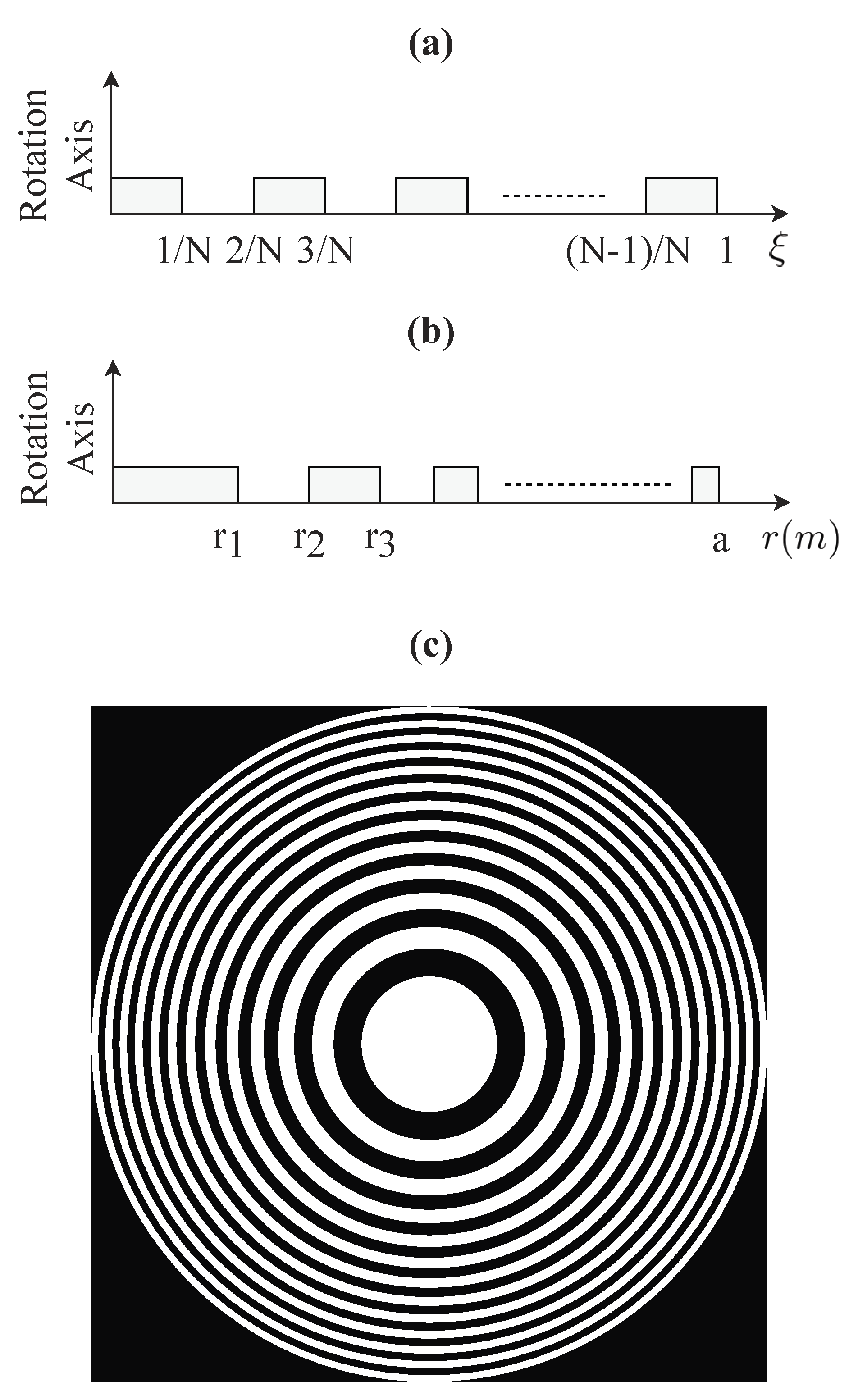
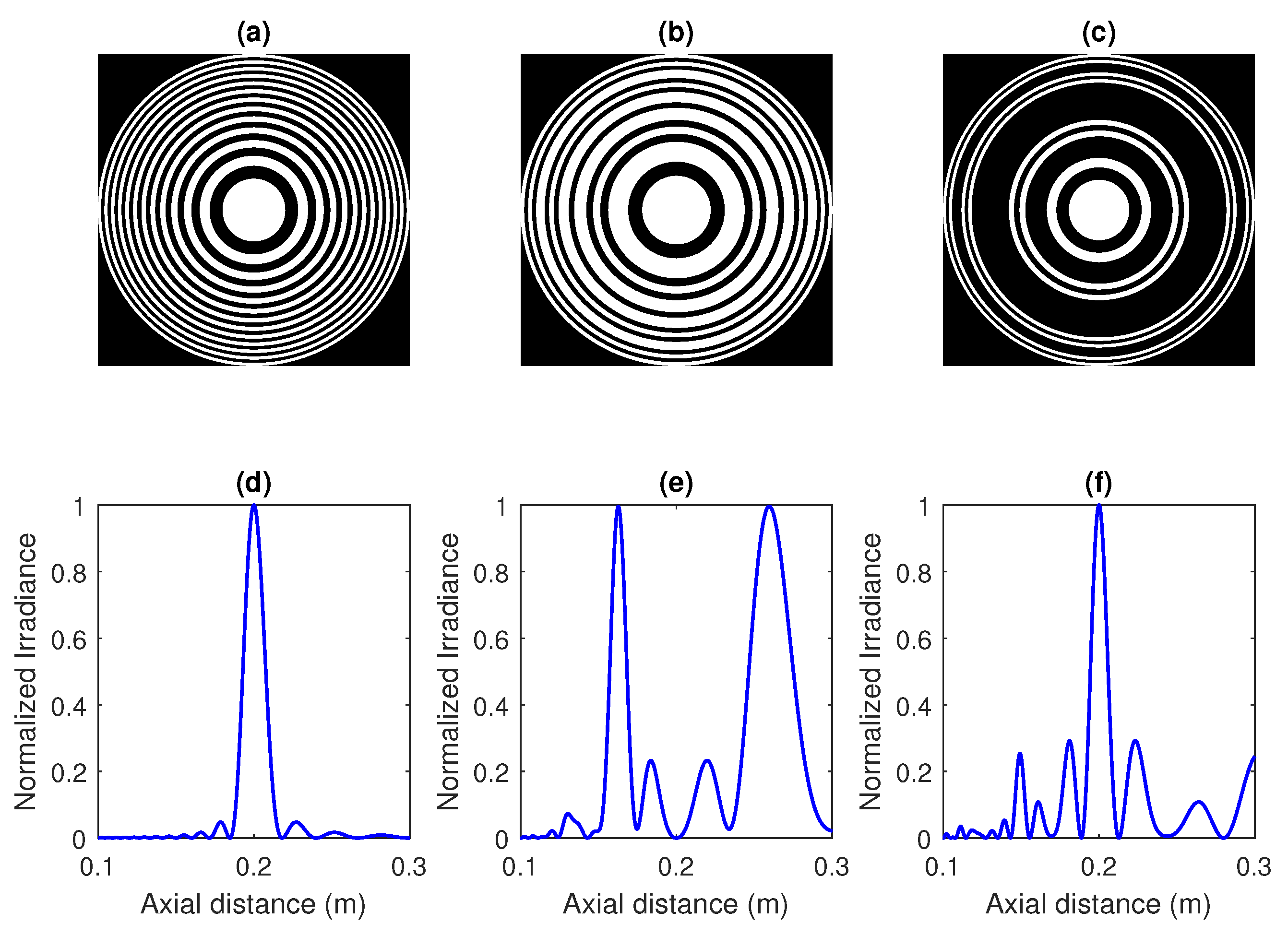

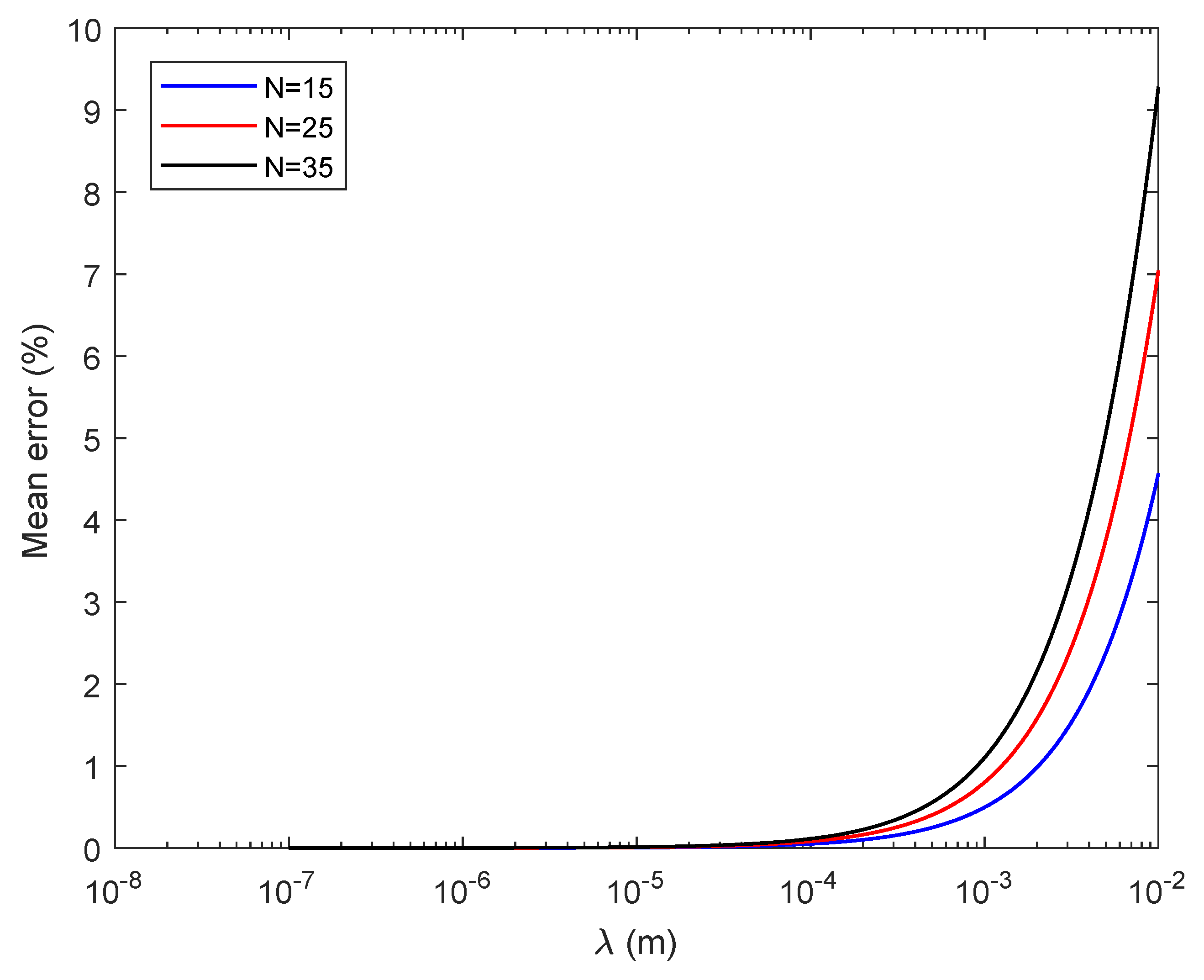
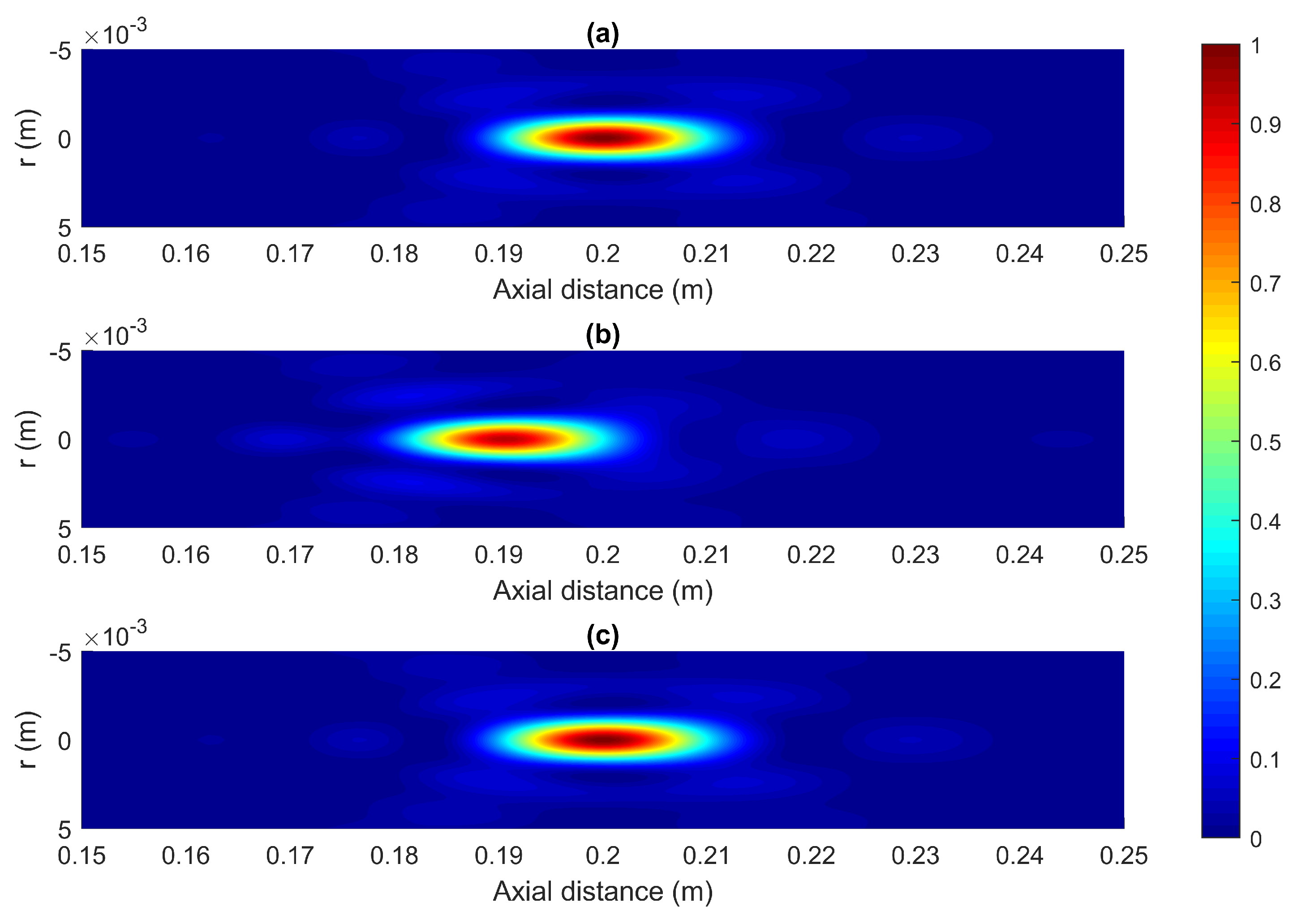
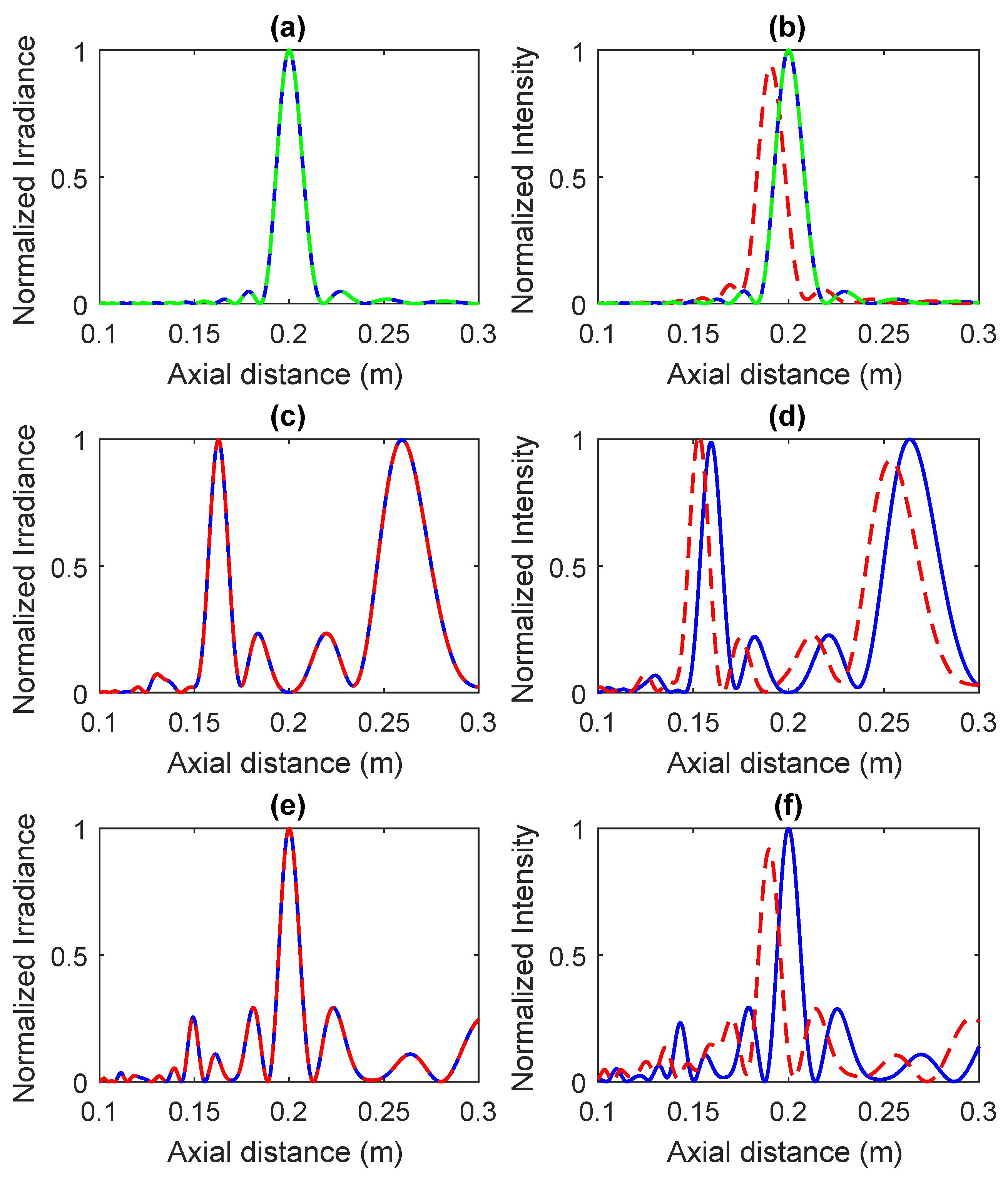
| ZP Type | N | Binary Generator Sequence |
|---|---|---|
| Fresnel | 25 | 1010101010101010101010101 |
| Fibonacci | 21 | 101101011011010110101 |
| Cantor | 27 | 101000101000000000101000101 |
© 2018 by the authors. Licensee MDPI, Basel, Switzerland. This article is an open access article distributed under the terms and conditions of the Creative Commons Attribution (CC BY) license (http://creativecommons.org/licenses/by/4.0/).
Share and Cite
Fuster, J.M.; Pérez-López, S.; Candelas, P.; Rubio, C. Design of Binary-Sequence Zone Plates in High Wavelength Domains. Sensors 2018, 18, 2604. https://doi.org/10.3390/s18082604
Fuster JM, Pérez-López S, Candelas P, Rubio C. Design of Binary-Sequence Zone Plates in High Wavelength Domains. Sensors. 2018; 18(8):2604. https://doi.org/10.3390/s18082604
Chicago/Turabian StyleFuster, José Miguel, Sergio Pérez-López, Pilar Candelas, and Constanza Rubio. 2018. "Design of Binary-Sequence Zone Plates in High Wavelength Domains" Sensors 18, no. 8: 2604. https://doi.org/10.3390/s18082604
APA StyleFuster, J. M., Pérez-López, S., Candelas, P., & Rubio, C. (2018). Design of Binary-Sequence Zone Plates in High Wavelength Domains. Sensors, 18(8), 2604. https://doi.org/10.3390/s18082604





